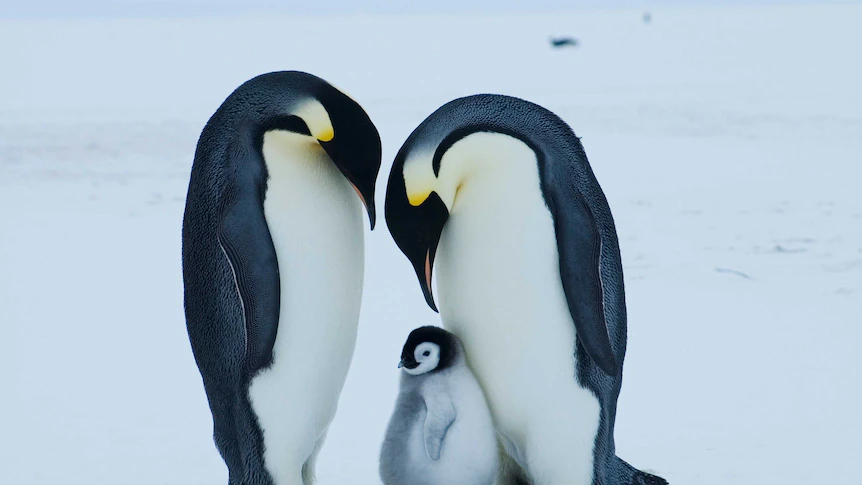Emperor penguin at severe danger of extinction resulting from climate change
Warning: Undefined variable $post_id in /home/webpages/lima-city/booktips/wordpress_de-2022-03-17-33f52d/wp-content/themes/fast-press/single.php on line 26

2022-05-08 18:54:19
#Emperor #penguin #danger #extinction #due #local weather #change
The emperor penguin is at extreme threat of extinction within the next 30 to 40 years because of local weather change, in response to analysis by the Argentine Antarctic Institute (IAA).
Key factors:Penguin chicks succumb to freezing or drowning when uncovered to the ocean earlier than they grow their waterproof plumageIf nothing adjustments, many colonies will disappear within the subsequent 30 to 40 yearsTourist and fishing activity also harms the penguins, disrupting the food cycleThe emperor, the world's largest penguin and one of solely two penguin species endemic to Antarctica, offers birth in the course of the Antarctic winter and requires strong sea ice from April through to December to nest fledgling chicks.
If the ocean freezes later or melts prematurely, the emperor household cannot complete its reproductive cycle.
"If the water reaches the new child penguins, which aren't able to swim and would not have waterproof plumage, they die of the chilly and drown," stated biologist Marcela Libertelli, who has studied 15,000 penguins throughout two colonies in Antarctica at the IAA.
This has happened on the Halley Bay colony in the Weddell Sea, the second-largest Emperor penguin colony, where for 3 years all of the chicks died.
Every August, in the midst of the southern hemisphere winter, Dr Libertelli and different scientists at Argentina's Marambio Base in Antarctica travel 65 km every day by motorbike in temperatures as low as -40 degrees Celsius to reach the nearest Emperor penguin colony.
As soon as there, they count, weigh, and measure the chicks, collect geographical coordinates, and take blood samples. They also conduct aerial analysis.
Each August, researchers from Argentina's Antarctic Institute journey to Halley Bay to check the colony's chicks.(British Antarctic Survey: Peter Fretwell)The scientists' findings point to a grim future for the species if climate change is not mitigated.
"[Climate] projections suggest that the colonies which are positioned between latitudes 60 and 70 degrees [south] will disappear in the next few many years; that is, in the subsequent 30, 40 years," Dr Libertelli said.
The emperor's distinctive options embrace the longest reproductive cycle amongst penguins.
After a chick is born, one father or mother continues carrying it between its legs for heat until it develops its last plumage.
"The disappearance of any species is a tragedy for the planet. Whether or not small or giant, plant or animal — it doesn't matter. It's a loss for biodiversity," Dr Libertelli mentioned.
The emperor penguin's disappearance could have a dramatic influence throughout Antarctica, an excessive setting the place meals chains have fewer members and fewer hyperlinks, Dr Libertelli said.
In early April, the World Meteorological Group warned of "increasingly excessive temperatures coupled with uncommon rainfall and ice melting in Antarctica" — a "worrying development", said Dr Libertelli, with Antarctic ice sheets depleting since at the least 1999.
The rise of tourism and fishing in Antarctica have additionally put the emperor's future at risk by affecting krill, one of many fundamental sources of meals for penguins and other species.
"Tourist boats often have numerous unfavorable effects on Antarctica, as do the fisheries," Dr Libertelli stated.
"It is vital that there is better management and that we take into consideration the long run."
Reuters
Quelle: www.abc.web.au